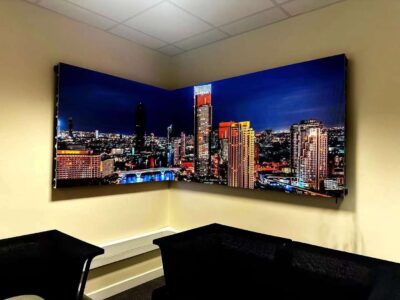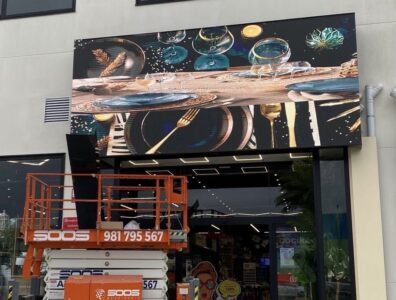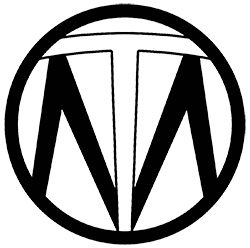 In the LED display screens, “price per square meter” has always been the core indicator that customers are most concerned about. It not only determines the overall budget, but also reflects the
In the LED display screens, “price per square meter” has always been the core indicator that customers are most concerned about. It not only determines the overall budget, but also reflects the
matching degree of product quality, technical content and application scenarios. This article will combine industry practice and global market experience to systematically analyze the key factors affecting the price of LED
screens per square meter for you, and provide reference price ranges to help you make more rational purchasing decisions.
What factors are the price of LED screens per square meter?
First of all, it is important to make it clear that the price of LED screens is not the
accumulation of the cost of a single material, but is determined by multiple system modules.
The most core part is LED beads, which
determine the brightness, life and clarity of the display, usually accounting for 30% to 50% of the overall screen cost. High-end lamp beads such as crystal beads and Guoxing brands are naturally more expensive. The second is module and circuit board, including PCB board, driver IC, connecting cable and other components, which directly affect the stability and refresh rate of the LED screen.
Let’s look at the box structure.Because
outdoor LED screens need to be waterproof and dust-proof, they generally use die-
cast aluminum or galvanized iron materials. Coupled with the heat dissipation design, the cost also increases. In addition, control systems, power configurations and system integration services also form part of the price. The control cards of well-known
brands such as NovaStar will be much more expensive than ordinary control systems.
Finally, it also includes factors such as warranty period, after-sales service,
transportation and installation, especially in large-scale engineering projects, which cannot be ignored.
B. Key variables that affect the price of LED screens per square meter
Point spacing (P value) size
The smaller the dot spacing, the more lamp beads required per unit area, the more
delicate the display, and the price will also rise. For example, outdoor LED screens with P10(10 mm spacing per pixel) are relatively cheap, while indoor small-pitch screens with P2.5 or smaller dot spacing are significantly higher.
Scenarios of use (indoor or outdoor)
Outdoor LED screens need to have high brightness, ultraviolet protection, rainwater protection, wind protection and other capabilities, with higher technical
requirements, and the price is generally 20% to 50% more expensive than indoor screens.
C. Price reference per square meter of LED screens of different categories
According to the global market conditions in 2025, the following are the approximate price ranges of some common types of LED displays for your reference:
If you are purchasing an outdoor LED
advertising screen with a P10 dot spacing, the price per square meter is about $300 to $600; if you are a medium-resolution P5 outdoor screen, the price is generally $500 to $900.
For indoor high-definition displays, such as P2.5 small-pitch LED screens, the price will float between $800 and $1,200. If used in places such as conferences and control rooms that require extremely high image
quality, ultra-small pitch LED screens such as P1.5 or P1.2 can cost more than US$1,500 to US$2,500.
Conclusion:
Behind the difference in the price of LED
displays per square meter is a comprehensive reflection of multiple factors such as technology, materials, and services. By understanding this core information you can evaluate project budgets more clearly and avoid the trouble of post-maintenance caused by one-sided pursuit of low prices. I hope this article can provide clear reference and practical value for your LED display procurement.
Thank you for watching. I hope we can solve your problems.


